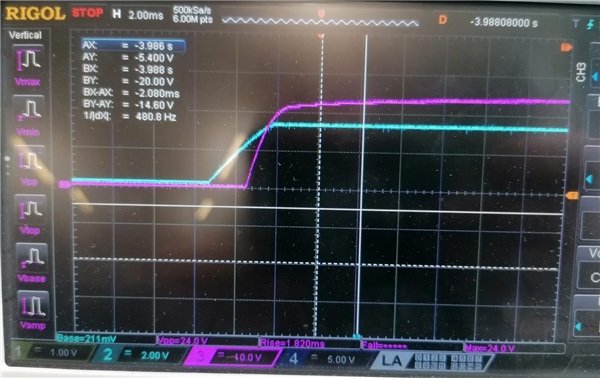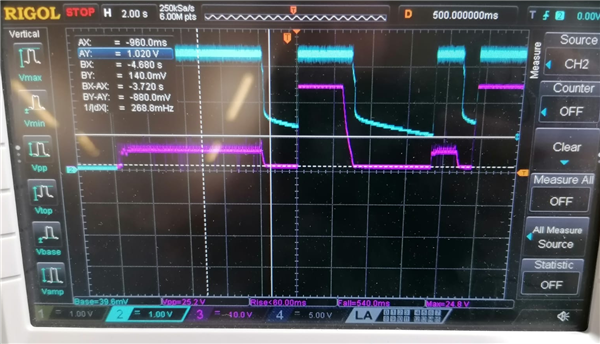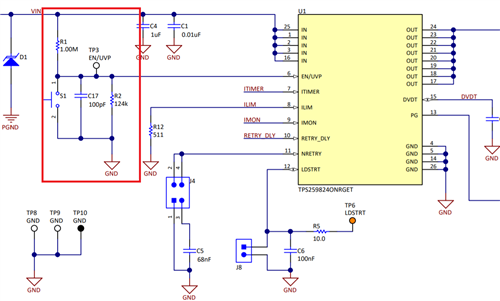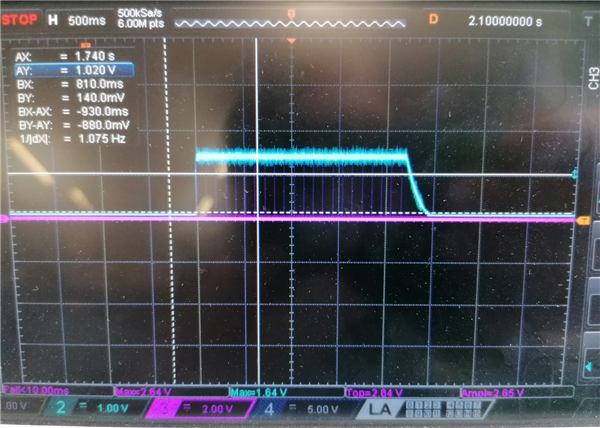Other Parts Discussed in Thread: TPS2663
Hello,
I have problem with TPS259827LNRGET. It doesn't power up with any load current, even small like 1A (still retries, NRETRY connected to GND), but there is no problem with powering up without load (which can be applied after). Vin is 24V and max current is 6.5A (about 1A during powering up), load capacitance 100-200 uF. More details: LDSTR connected to GND, EN pulled up to external 3V3 with 10kOhm resistor, retry_dly cap 2n2, Rilim 191R, Rimon 1k69, Cdvdt 2n2, Citimer 4n7, PG puled up to external 3V3 via 100kOhm.
The question is, what is wrong?
I was using your dedicated calculator, but I still don't understand why it doesn't work.






